
Member III
Hey all, so a while back I decided I wanted a second battery in my truck, but I didn't need anything overly complicated, like solar charging, etc.
My plan was to keep it simple, and easy. Battery isolator between the main battery and a second battery to keep both batteries charged, but not allow my accessories to drain the main battery. I also wanted to run 12v power into the back of my truck to run things like lights, phone/camera chargers, etc. Eventually, I will be doing an inverter to run larger things like a fan, laptop charger, and have a place to plug in a powered cooler as well if needed.
As of right now, all I have is the second battery installed, and the 12V power run to the back. I will be updating this thread as the project progresses.
So for starters, I had to clean up some old terminals I had laying around. We always want to clean solid connections when dealing with electricity! So I cleaned up all the contact points on these terminals, and I had to re-thread them to a slightly smaller thread due to the threads being so warped and, well, I didn't have the proper sized nuts for them either. So I got started with that.
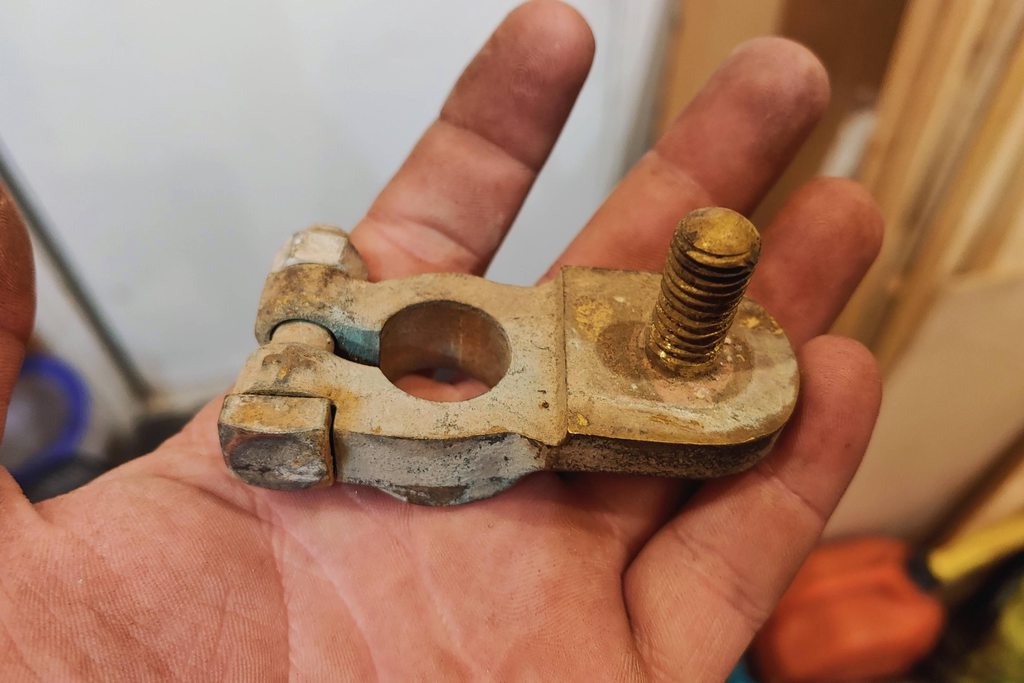
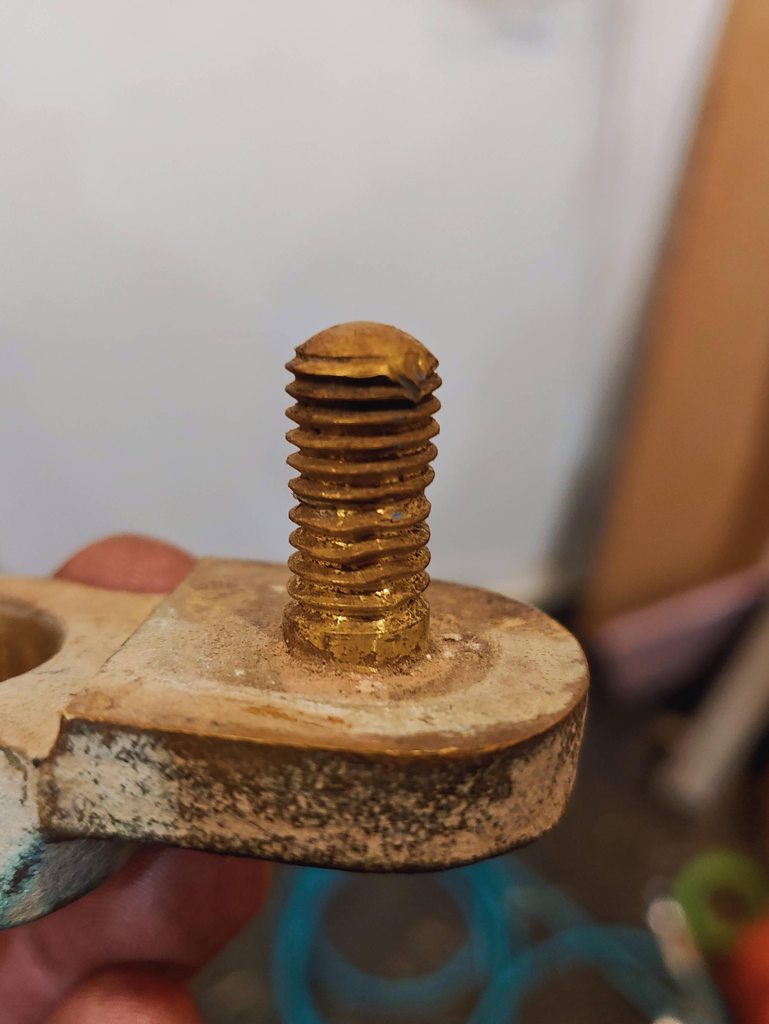
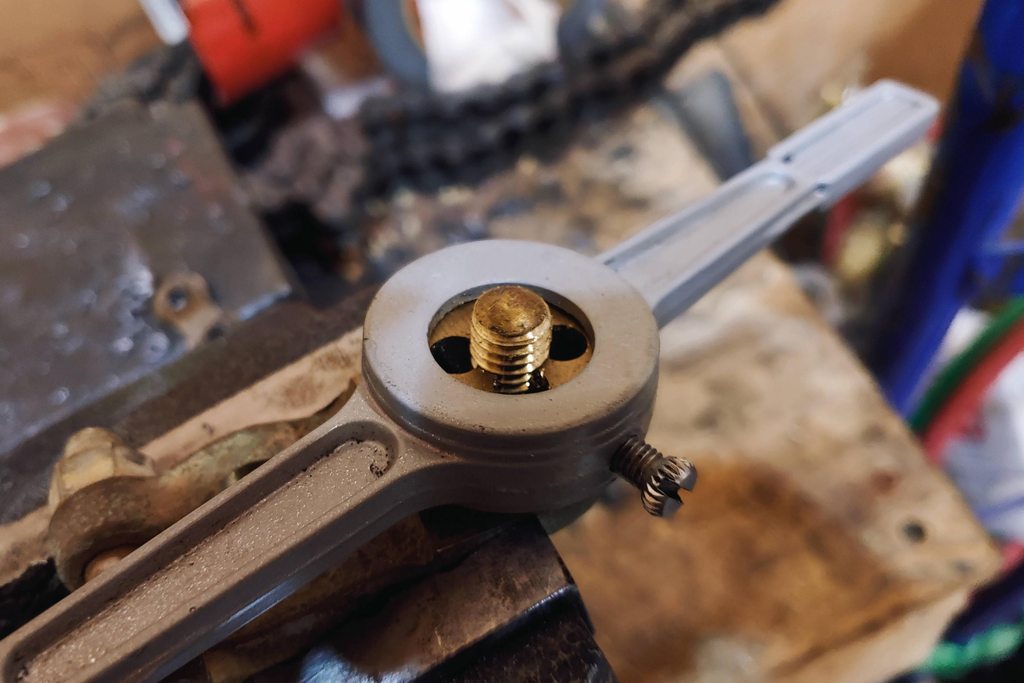
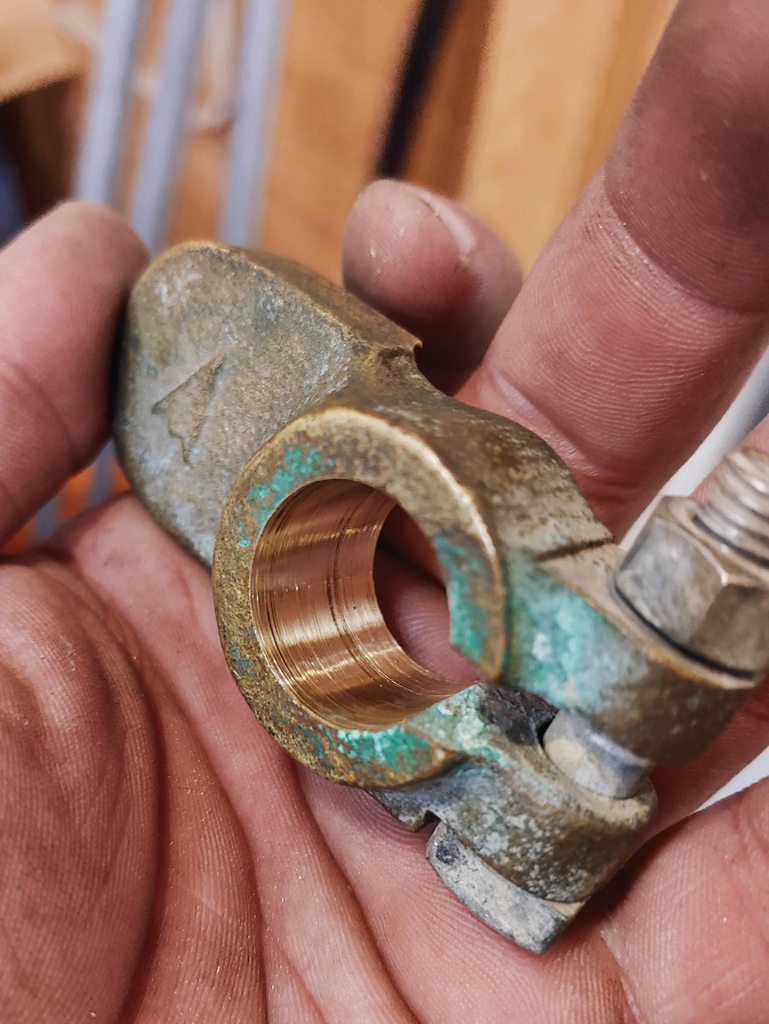
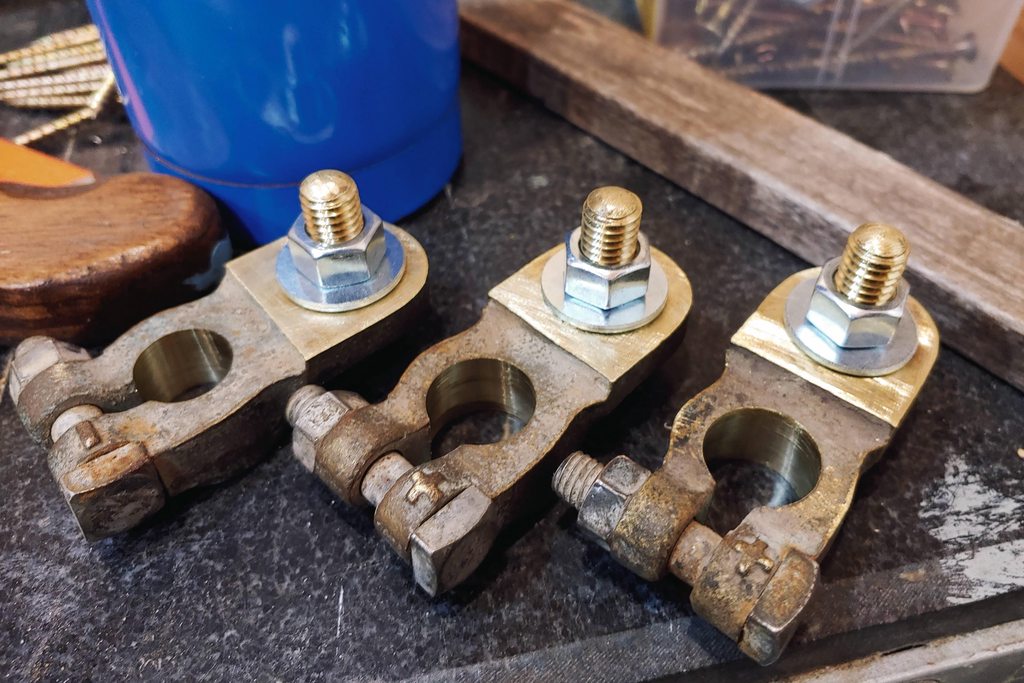
After that was all done, it came time to figure out battery mounting. I already had a storage box behind the driver's seat, which would work perfectly, but I needed a way to tie down the battery to keep it from sliding around inside the box. I stole some parts from an old battery relocation kit in my Rally car project and repurposed them to work. I chopped off the rusty nuts and welded on some large flat washers to act as an anchor against the bottom of the storage box, which allowed me to use the tie-down without drilling through the floor of my truck.
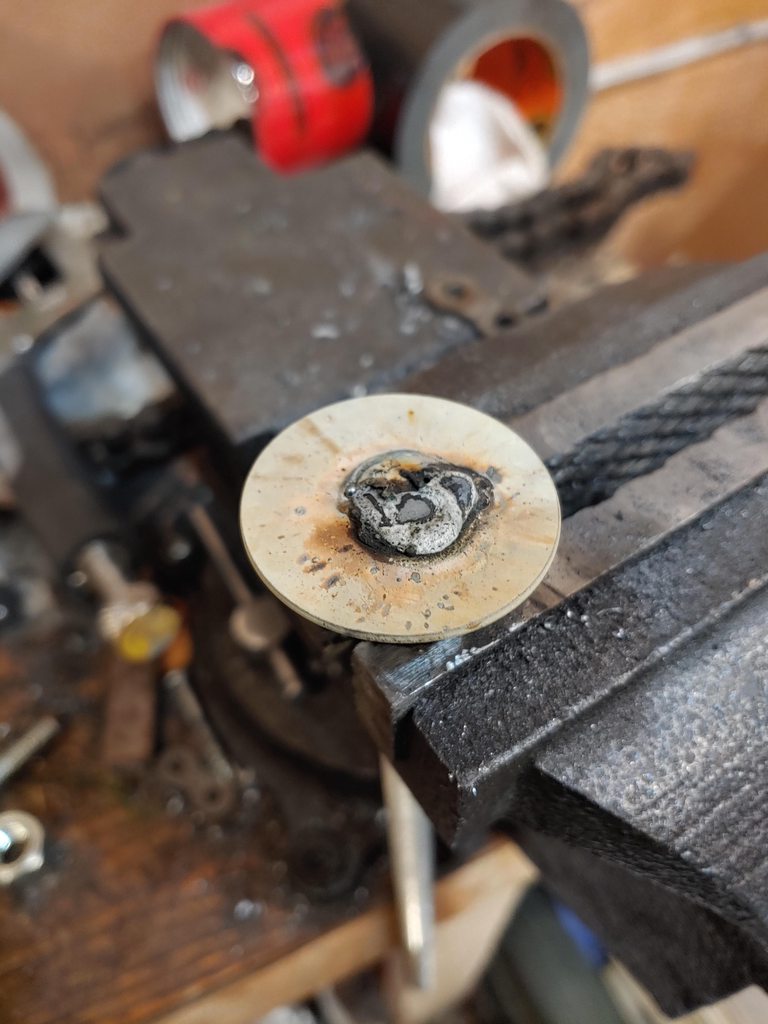
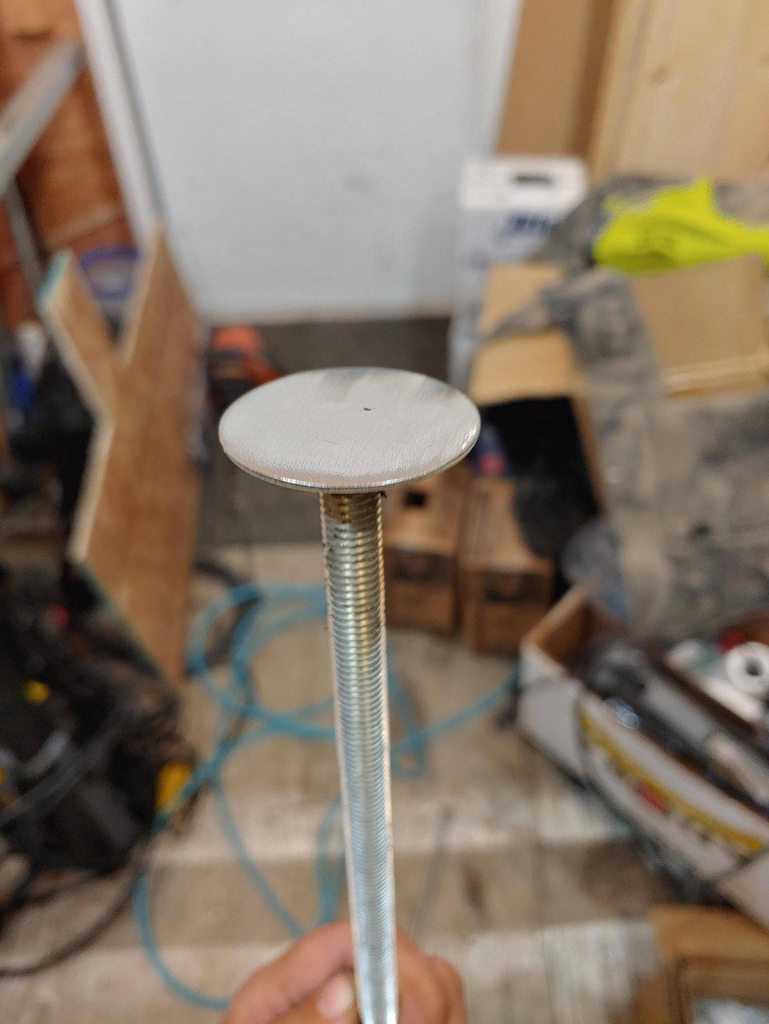
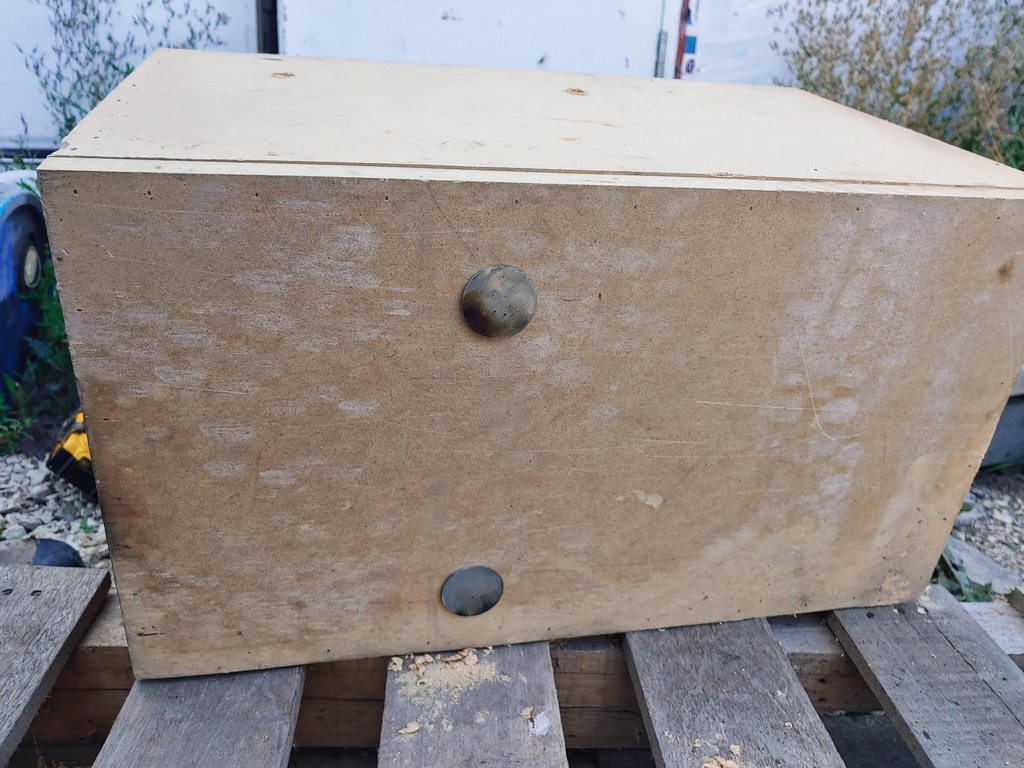
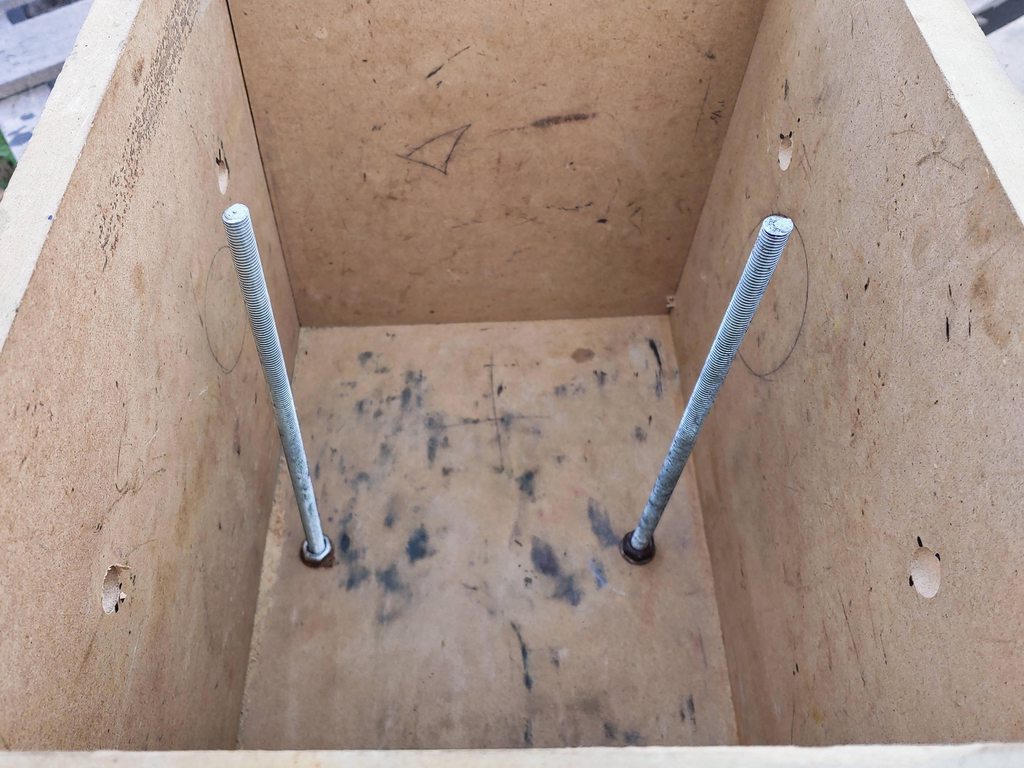
I will be upgrading to a deep cycle AGM, this was a temporary solution for a trip I had planned the day after I finished all this.
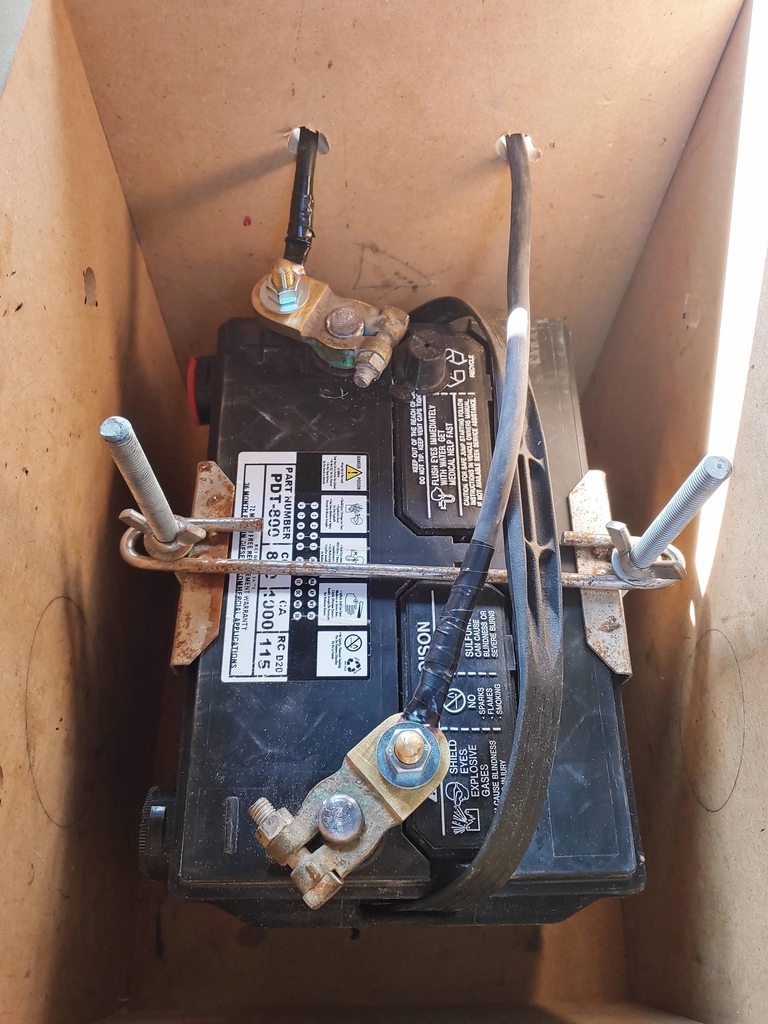
After that, it was simple, run cables to the back to my fuse block, and 12V panel!
I have a storage unit with lids beside my sleeping platform that I put all this in, so it wasn't visible unless the lid was opened. Clean and simple!
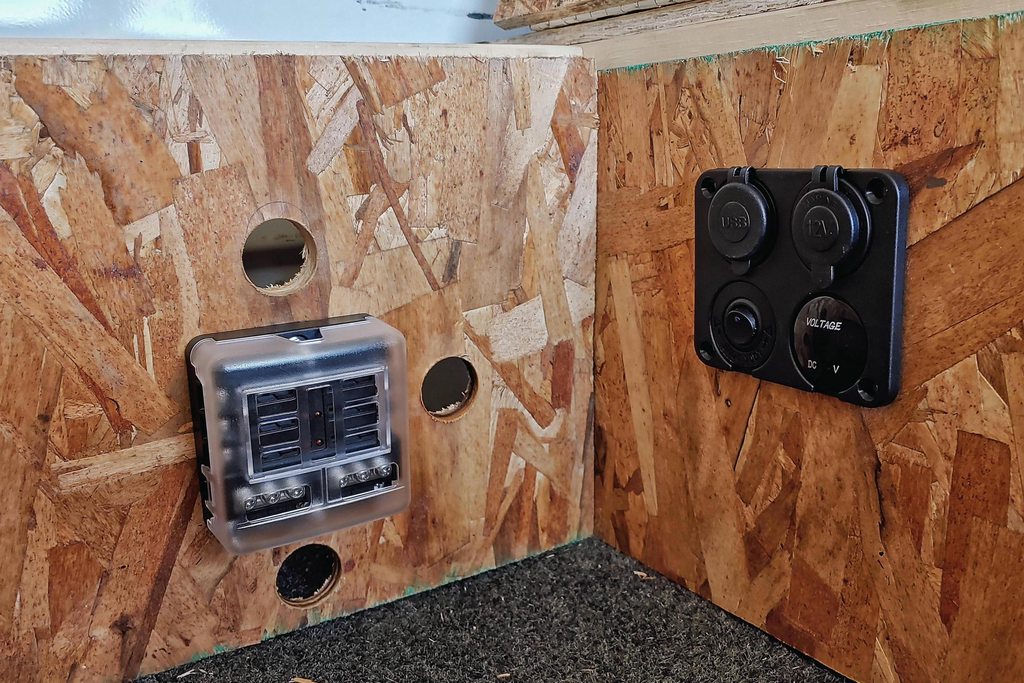
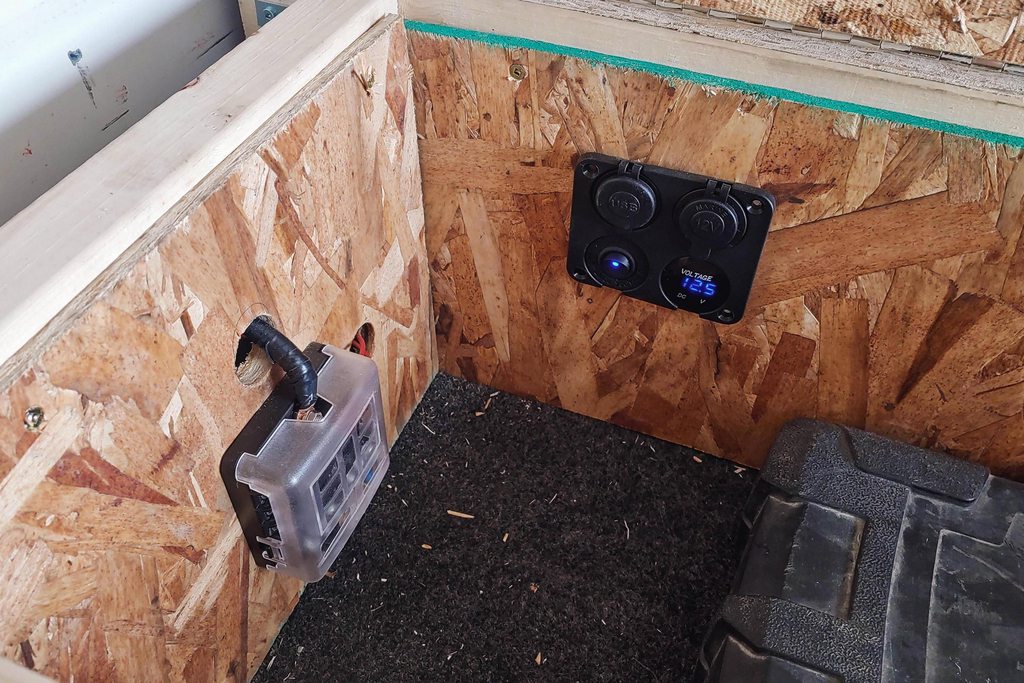
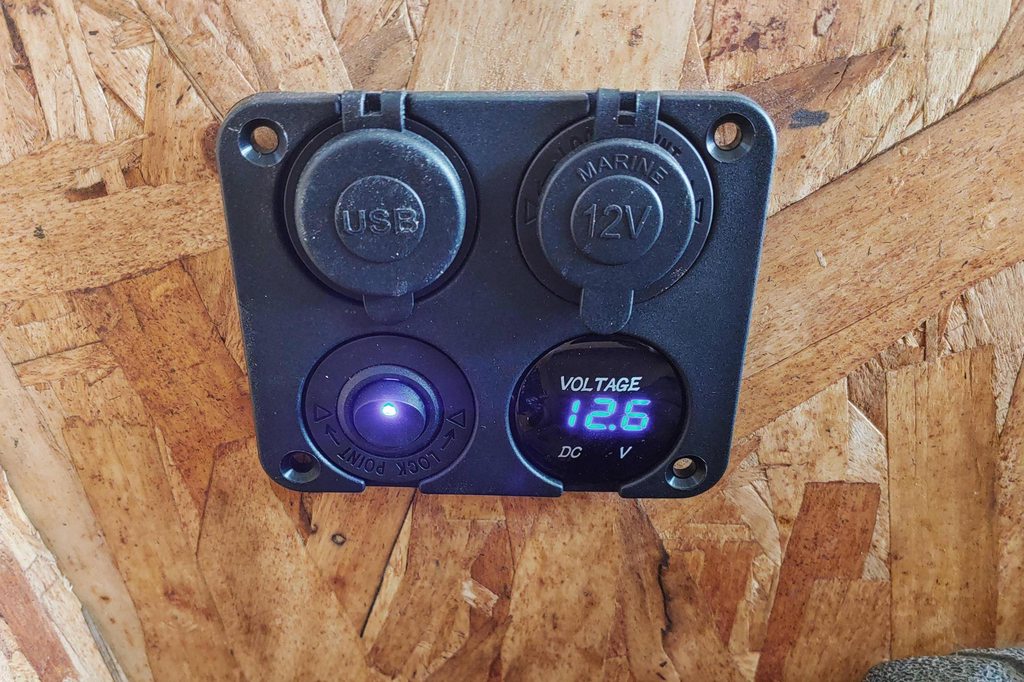
That's basically where it's currently at, I have some RGB lights installed, which are super nice as well.
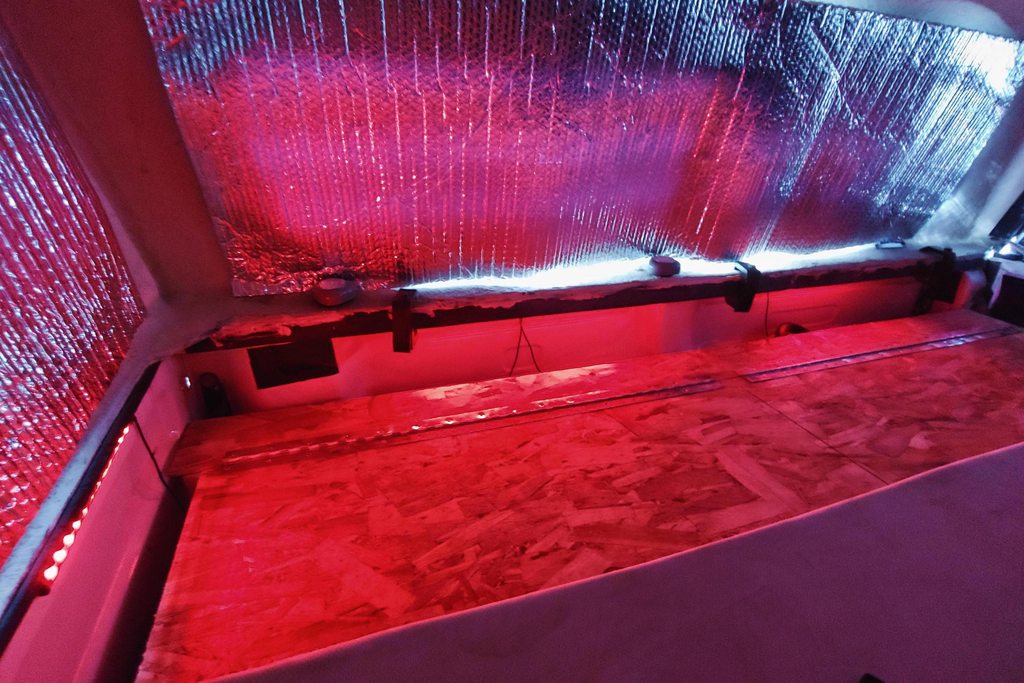
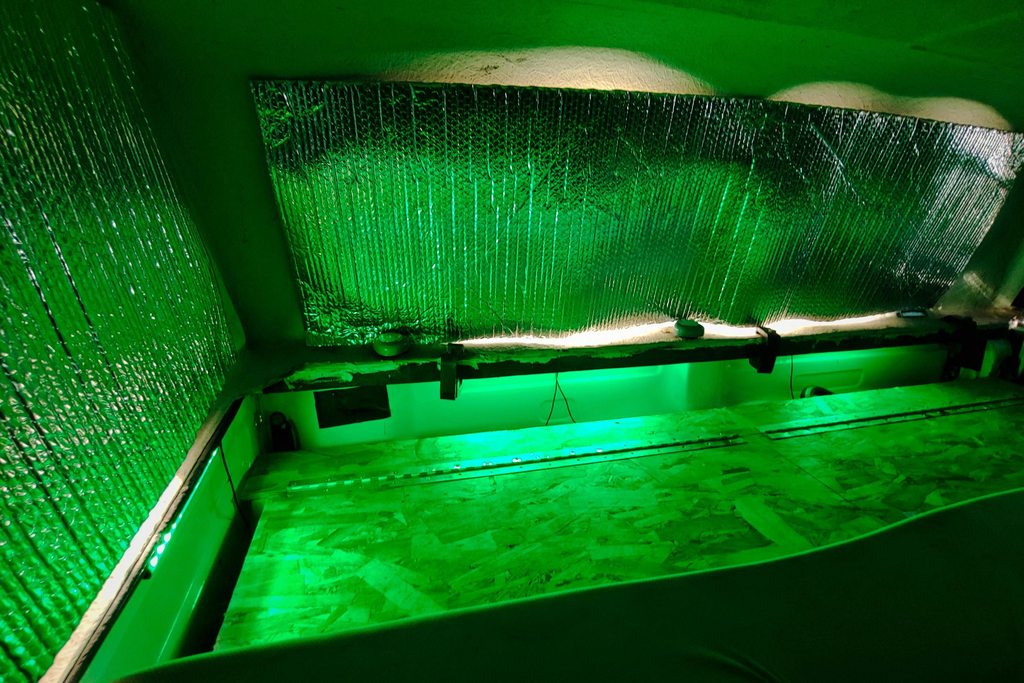
Hopefully within the next couple days I will get started on the isolator and the rest of the wiring. I am just waiting on a couple of parts as I am also re-doing the positive cable from the alternator at the same time.
My plan was to keep it simple, and easy. Battery isolator between the main battery and a second battery to keep both batteries charged, but not allow my accessories to drain the main battery. I also wanted to run 12v power into the back of my truck to run things like lights, phone/camera chargers, etc. Eventually, I will be doing an inverter to run larger things like a fan, laptop charger, and have a place to plug in a powered cooler as well if needed.
As of right now, all I have is the second battery installed, and the 12V power run to the back. I will be updating this thread as the project progresses.
So for starters, I had to clean up some old terminals I had laying around. We always want to clean solid connections when dealing with electricity! So I cleaned up all the contact points on these terminals, and I had to re-thread them to a slightly smaller thread due to the threads being so warped and, well, I didn't have the proper sized nuts for them either. So I got started with that.





After that was all done, it came time to figure out battery mounting. I already had a storage box behind the driver's seat, which would work perfectly, but I needed a way to tie down the battery to keep it from sliding around inside the box. I stole some parts from an old battery relocation kit in my Rally car project and repurposed them to work. I chopped off the rusty nuts and welded on some large flat washers to act as an anchor against the bottom of the storage box, which allowed me to use the tie-down without drilling through the floor of my truck.




I will be upgrading to a deep cycle AGM, this was a temporary solution for a trip I had planned the day after I finished all this.

After that, it was simple, run cables to the back to my fuse block, and 12V panel!
I have a storage unit with lids beside my sleeping platform that I put all this in, so it wasn't visible unless the lid was opened. Clean and simple!



That's basically where it's currently at, I have some RGB lights installed, which are super nice as well.


Hopefully within the next couple days I will get started on the isolator and the rest of the wiring. I am just waiting on a couple of parts as I am also re-doing the positive cable from the alternator at the same time.



